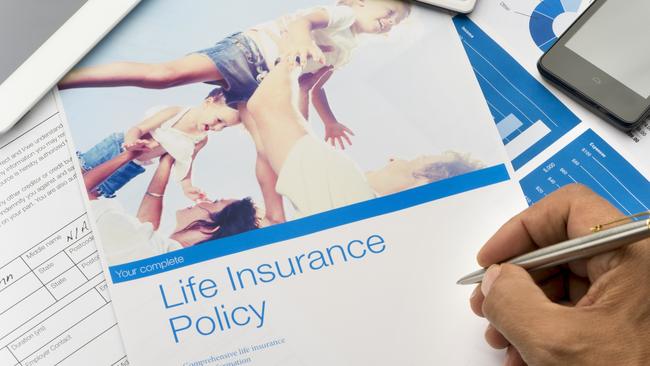How using your super fund to pay for life insurance can ease the pain

The cost-of-living pressures are forcing people to review their household spending and cut down on non-essential expenditure items.
In an environment where rising insurance premiums have become normal, many are now heading for the exit and cancelling their life insurance policies.
After several years of double-digit life insurance premium increases, the Australian Prudential Regulation Authority recently reported that life insurance companies experienced a drop in insurance premium revenue from $4.1 billion to $3.8 billion during the first quarter of 2023.
Not everyone has the ability to fund life insurance premiums personally. In fact, recent research conducted by the Savvy group found that 46 per cent of women and 42 per cent of men say they do not have, nor do they want, to have a life insurance policy.
But investors have a way forward here. There are alternative funding structures to pay life insurance that do not impact personal cashflow.
Although most people are aware that you can get basic levels of life insurance through superannuation, not many are aware that you can get the same powerful, personally underwritten insurance policies in super that match what you could get in your personal name.

The reason why people hold life insurance in their personal name usually comes down to the tax benefits. Income protection cover is 100 per cent tax deductible if the policy is held in an individual’s personal name. This is attractive for people on higher marginal tax rates as the cost of the policy can be as little as 53 per cent of the gross premium after tax benefits are factored in.
Ironically, dipping into superannuation to pay life insurance premiums goes against the purpose of super, which is to accumulate wealth for retirement. Paying insurance premiums from super has the direct opposite effect; it reduces the amount of money available at retirement due to the premiums being deducted from the super fund.
But for many, although funding life, total and permanent disability and income protection insurance premiums via super is not ideal, it is the only way to ensure that they and their families can obtain protection against the unforeseen.
For those considering taking out cover, the good news is that life insurance premiums are likely to stabilise moving forward. Insurance company investment revenue increased by 40 per cent over the past 12 months due to rising cash rates and bond yields, putting less pressure on insurers to raise premiums.
Clearly, consumers and investors are often sceptical about insurance, however I have never come across a person that has claimed on an income, disability or trauma insurance policy who wished they had a lower level of cover in place. Insurance is one of those things that you despise until you make a claim, at which point it becomes one of the most important things in life.
Here are my six top tips for holding life insurances via superannuation:
IF you structure your life insurances via super for cashflow reasons now, most insurance companies will let you transfer the policy to your personal name at a later stage if you wish to protect your super;
THERE are tax consequences of holding total and permanent disability insurance via super to be aware of. If a payout is received, there is a complex tax calculation based on your eligible start date, service period and time to age 65;
YOU do not need to have your super fund and life insurance policy with the same company. Most insurers will ask you to sign an “enduring rollover” form allowing them to contact your super fund each year and request the life insurance premiums get paid;
COMPARE stepped versus level premiums and ask for a cumulative premium table which will allow you to work out the most cost-effective premium structure over the term that you intend to hold your insurance policy;
Some life insurance features cannot be held inside of super due to super legislation. However, most insurers allow you to make a supplementary monthly payment from your personal bank account or credit card to pay for those features. An example, if you want the stronger “own” occupation definition of disability versus the weaker “any” occupation you will need to pay for this personally.
Some insurance companies offer discounts based on good health factors such as a low BMI or gym membership, so inquire what concessions are available when you apply.
James Gerrard is principal and director of Sydney financial planning firm www.financialadvisor.com.au






